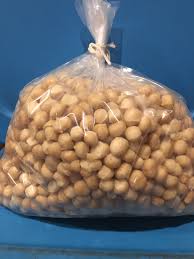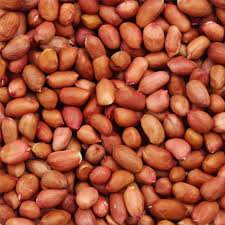The macadamia nut, also known as the “Queensland nut,” is the only Australian plant that has been domesticated as a commercial food crop (Wallace & Walton, 2011). The nut belongs to the Proteaceae family, encased in a fibrous green husk and falls to the ground upon maturing. The mature macadamia nut is 2.6 cm in length and 2.7 cm in width (Koaze, Karanja, Kojima, Baba, & Ishibashi, 2002), consisting of three anatomical regions: husk, shell, and kernel. The edible part of the nut is the kernel, which is rounded in shape and contains a high level of lipids (> 60%).
Global macadamia kernel production has increased drastically over the past years and reached approximately 52,000 metric tons in 2017 (Fig. 1). In that year, the largest macadamia kernel producing countries were Australia and South Africa, accounting for more than half of the world’s macadamia kernel production (International Nut and Dried Fruit, 2018). Macadamia kernel production in South Africa and China was drastically increased in 2017 compared to the prior season, 26% and 49%, respectively (International Nut and Dried Fruit, 2018).



Reviews
There are no reviews yet.